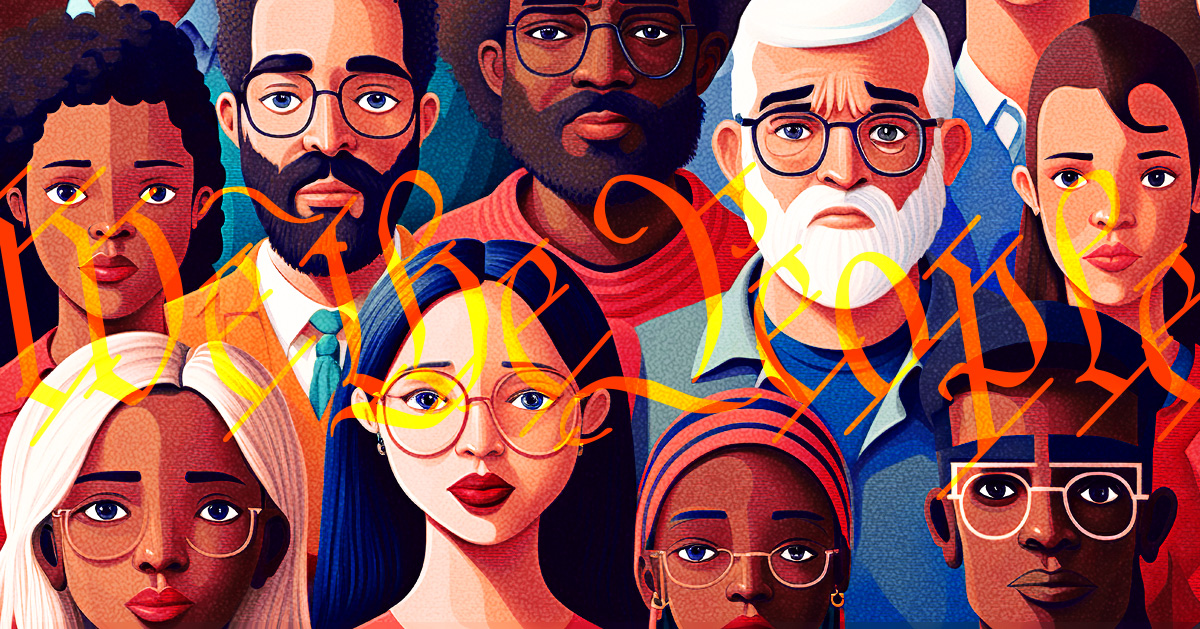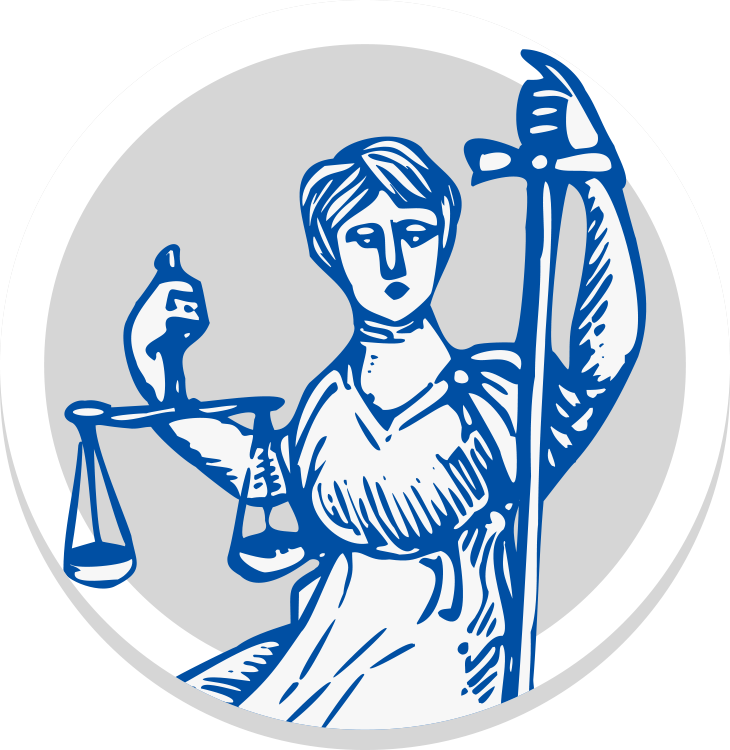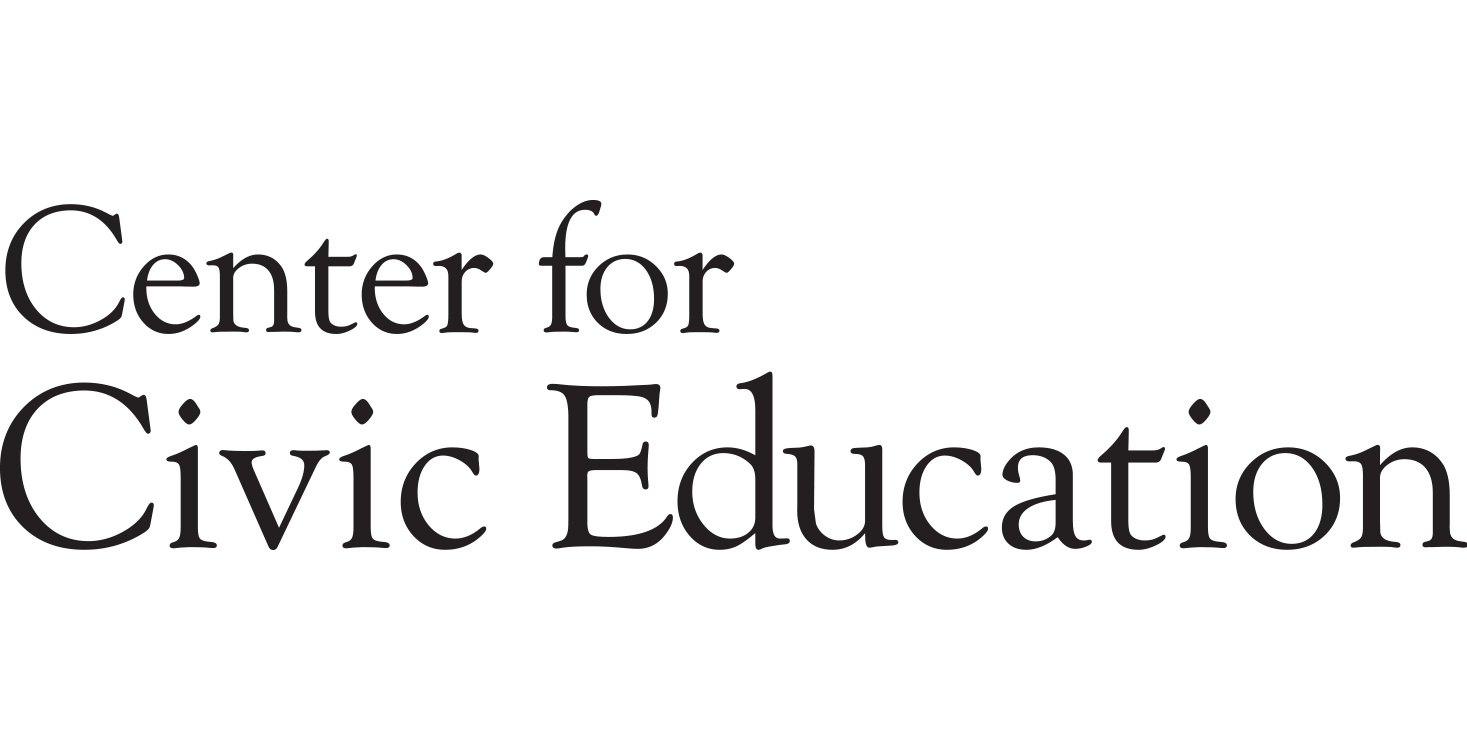
Who Are We the People?
Written in 1787, the Constitution has only been amended 27 times in more than 230 years. That’s not to say the document the Framers created was perfect. Its most glaring errors include the omission of recognition for all citizens and a failure to halt slavery. In this lesson, students will examine how the definition of “We the People” has evolved since the beginning of this grand experiment in democracy.
Pre-Lesson Preparation
Are all people recognized in "We the People?"
- SQ1: Who has been denied representation in “We the People?”
- SQ2: How has the Constitution evolved in representing “We the People?”
Day 1
- Powerful Messages (slide deck)
- We the People (video)
- We the People Mind Map
- Denied Representation Resource Bank
- Constitutionally Denied
Day 2
- Impact of Evolving Rights (graphic organizer)
- Evolving Voting Rights Timeline
- Recognizing We the People (template)
- Assessment Rubric
- Inquiry Reflection Tool
- consent of the governed: The idea that a government's legitimacy and power is justified and lawful only when agreed to by the people over which that political power is exercised
- disenfranchise: To deny or withhold someone’s right to vote
- general welfare: A government acts for the common good to improve society for the benefit of all of its members
- popular sovereignty: Government based on consent of the people
- suffrage: The right to vote in political elections
Supreme Court Justice Oliver Wendell Holmes Jr. said, “The provisions of the Constitution are not mathematical formulas having their essence in their form; they are organic, living institutions transplanted from English soil. Their significance is vital, not formal; it is to be gathered not simply by taking the words and a dictionary, but by considering their origin and the line of their growth.” Today, we often refer to that sentiment in that the Constitution is a living document, open to reinterpretation as it evolves and adapts to new circumstances. Written in 1787, the Constitution has only been amended 27 times in those 230-plus years. However, that’s not to say the document the Framers created was perfect by all accounts. Its most glaring errors are in its omission of recognizing all citizens and its failure to halt the institution of slavery.
In this lesson, students will examine how the definition of “We the People” has evolved over 230-plus years of this grand experiment of democracy. Before the start of the lesson, teachers should familiarize themselves with the primary and secondary sources featured on the students' Denied Representation Resource Bank.
Teachers can find additional background support resources as follows:
- Voting, Elections, and Representation, Part 31: Voting, Registration, and Participation — 60 Second Civics
- Voting and Elections — Center for Civic Education
- We the People | CONSTITUTION USA with Peter Sagal — PBS
- The U.S. Constitution: Preamble — United States Courts
This lesson contains material about racism, sexism and voter suppression that some students might find offensive or potentially traumatizing. This material has been included to give students the knowledge to identify voter suppression and other obstacles some citizens face. A culturally responsive classroom will provide a welcoming and safe environment where students feel comfortable discussing difficult topics. Ensure students feel comfortable sharing appropriate personal perspectives. Consider establishing classroom norms that encourage discussion.







